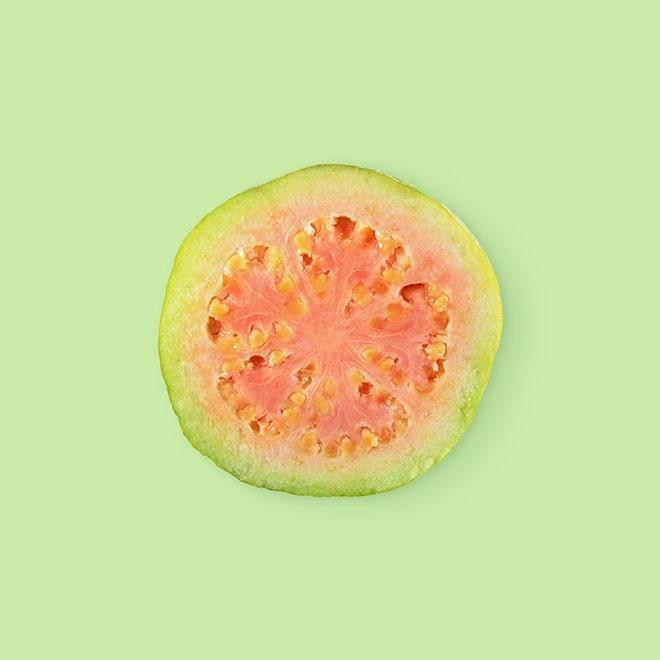Guava




Guavas are a tropical superfruit that originated in Central America. Guavas now grow in subtropical and tropical Asia, the southern United States, as well as Hawaii, and tropical Africa.
Guavas are currently cultivated in many tropical and subtropical countries. Several species are grown commercially, apple guava in particular is one of the most common varieties.
Guavas make excellent jams, preserves and sauces. Canned whole guavas, juice, jams, jellies, preserves and sauces, are available in many supermarkets.
When choosing guavas, select one that gives slightly when you press your palm against its skin. Don’t choose guava that has spots . If you will be eating the guava raw, it should be very ripe.
Store green guavas at room temperature, and ripe ones in the vegetable drawer of the refrigerator for up to 4 days.
Dehydrated guava can be reduced to a powder and can be used to flavor ice cream.
Guava leaves are rich in astringents and can help reduce the the symptoms of diarrhea.
Malayans often use guava leaves along with other plant materials to make black dye for silk.
Guava is naturally high in pectin, which is ideal for making jelly, candies, marmalade, and jams.
Guava juice is a popular beverage in many parts of the world.
Cubed and sliced guava is a great addition to fruit salad.
Guava is a very common ingredient in marmalade, candy, jelly, preserves, and jam.
This fruit is rich in vitamin A, vitamin B, vitamin C, iron, antioxidants,carotenoids, calcium, carbohydrates, fibre, niacin, phosphorus, protein and potassium.
Guavas are one of the richest sources of vitamin C. Guavas contain 4 times the vitamin C content present in oranges.
Due to the rich fiber content and low glycaemic index, guavas help prevent the development of diabetes.
Corrections or improvements? Email us at
content@sidechef.com